
Country series: Sun rising for Croatia
With its sunny Mediterranean coast, Croatia is one of Europe's fastest-growing markets for solar power. By utilising its renewable energy potential, the country can eliminate electricity imports.
Croatia stretches along the sunny Adriatic Sea and on into Central Europe towards the Pannonian Plain in the north and the mountainous landscape of the Dinaric Alps in the west. Croatia's geography has laid the foundation for a rich history in renewable energy.
The country's first hydroelectric plant, Jaruga, opened in 1895. In the same year, the Croatian city of Šibenik was the first in the world to be lit up by electric lighting powered by alternating current. At the same time, the Croatian-born Nikola Tesla stood behind the same alternating current technology in what is considered by many to be the world's first large-scale hydroelectric power plant, at Niagara Falls in the U.S.

As an EU member, Croatia has adopted a National Energy and Climate Plan (NECP) which aims to increase the production share of electricity from renewable sources from 28 per cent to over 36 per cent by 2030.
Hydropower is by far the largest renewable energy source, but since the capacity is fully utilised, solar power has become the authorities' main investment focus for the years ahead.
Croatia is aiming for a solar power capacity of 0.77 GW by 2030 and a doubling of its wind power production to 1.99 GW. In parallel, the country's coal-fired power plants are to be decommissioned by 2033.
However, the development of solar and wind projects is hampered by a time-consuming process of obtaining permits from the authorities, says Statkraft's country manager in Croatia, Arnaud Bellanger.
"The process takes an average of 45 months for solar projects, and wind projects can take up to 10 years. The processing time is longer than in any other EU country," he says.

Arnaud Bellanger is Statkraft's country manager in France. He is also country manager in Croatia during development of the company's operations there.

While the coastal areas in Croatia are best suited for solar power, there are good opportunities for wind power on the plains and in the mountains further inland. The country aims to double the production of wind power to close to 2 GW by 2030.
Major opportunities
According to the independent Croatian grid system operator HOPS 23.5 per cent of Croatia's electricity consumption in 2022 was met through power imports from abroad at sky-high prices due to the energy crisis in Europe.
Croatia owns 50 per cent of the nuclear power plant Krško in Slovenia, but the electricity supplied from there does not count as an energy import due to Croatia's ownership stake. Croatia has no nuclear power plants on its own territory.
Most of the electricity was imported during the summer months. The goal is to make Croatia independent of power imports by better utilising solar resources, particularly on the coast along the Adriatic Sea.
"In October 2021, the Croatian authorities published new rules for renewable projects, but since these have still not entered into force, the market is in limbo. The authorities now want to concentrate the market around large project developers who must pay a deposit of 7000 euros per installed MW. This is a significant change," says Bellanger.
In 2020, Statkraft acquired the British solar company Solarcentury, which had already started activities in Croatia. Statkraft opened its own office in the capital Zagreb in July 2021.
"We've started on a small scale because we want to test the market. Three people currently work at Statkraft's office in Croatia, but we plan to hire two more during 2023. We want to demonstrate Statkraft's ability to develop profitable renewable projects, which is why we've now hired project developers who contact municipalities and landowners to find suitable locations," says Bellanger.
Statkraft aims to commission at least 50 MW of wind and solar power plants per year, which is more than 10 per cent of all projects connected to the Croatian power grid annually.
"This means that we will develop hundreds of MW, mostly solar energy. We're also looking at a large wind project in southern Croatia, so we're proceeding with both renewable technologies," he says.

Cultural dimension
A total of 15–20 people from Statkraft are working on the venture in Croatia, including the project developers in Zagreb.
"We draw on resources we already have in Albania, Italy and France, and the team in Croatia has visited the Netherlands and Spain to share with the teams there," says Bellanger.
Compliance is a key word for Statkraft's investments in Croatia. The country is considered to have a medium to high risk of breach of compliance with ethical guidelines that Statkraft sets for its businesses.
"It’s important to learn to adapt to new cultures when entering new markets. Due to the current lack of laws or specific regulations on certain topics and areas in Croatia, it’s useful for our team in the country to have support and guidance on compliance issues. The head of Compliance Continental Europe in Statkraft, Paula Pereira, visits the team in Zagreb every quarter to discuss various dilemmas we face or may face in given situations," says Arnaud Bellanger.

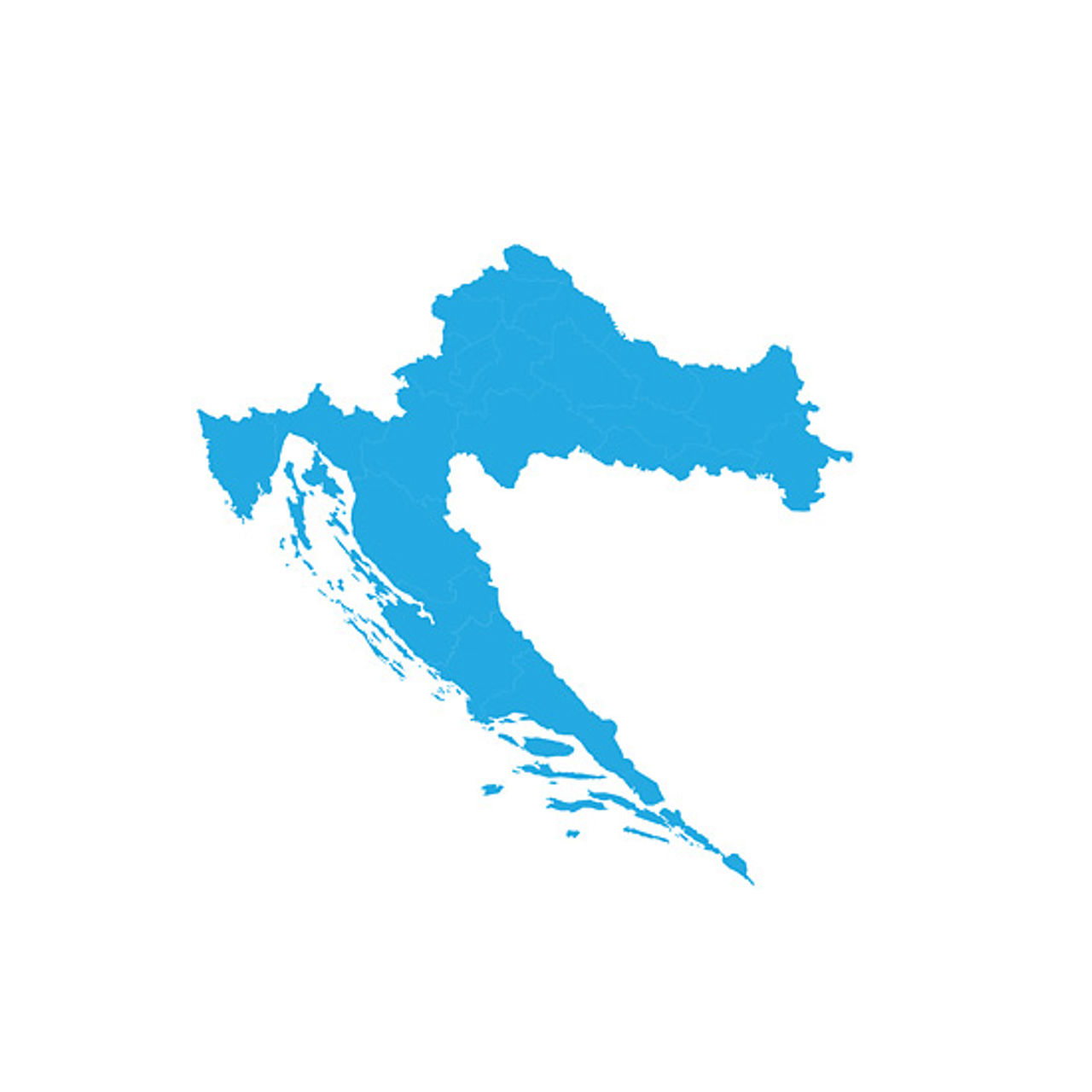
Facts about Croatia
-
Population: 3.8 million
-
Capital: Zagreb
-
Government: Republic
-
President: Zoran Milanović
-
Prime Minister: Andrej Plenković
-
Language: Croatian
Other country series articles
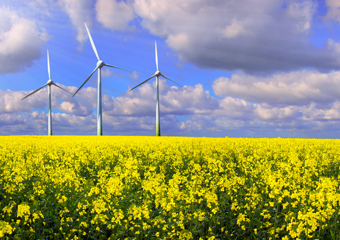
Country series: German energy revolution
2017 marked the first year when more power was produced from renewable sources than from coal in the industrial giant Germany. Nuclear power and coal power will be phased out over the next few years,...
Read more

Country series: Sweden global leader in reducing climate impact
Few countries in the world use more energy per capita than Sweden. Nevertheless, its greenhouse gas emissions are low, thanks to renewables generating a large part of the power consumed. The homeland...
Read more
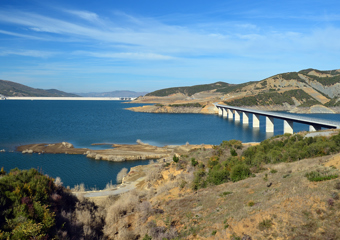
Country series: Albania's hydropower important for the Balkans
Albania can play a key role when the Balkan countries phase out fossil fuels in favour of renewables. Statkraft already operates in Albania, but political risk can put a damper on further growth.
Read more
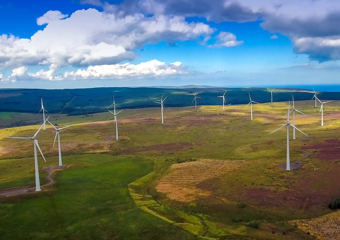
Country series: Ireland with an ambitious climate action plan
About 40 per cent of Ireland's electricity currently comes from renewable sources, but the country aims to increase this to 70 per cent by 2030.
Read more
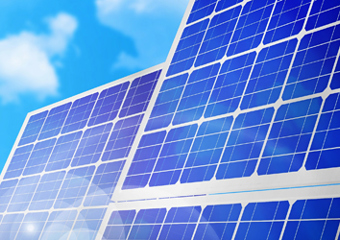
Country series: Green ambitions in Spain
Renewable sources accounted for almost 47 per cent of the electricity produced in Spain in 2021. This is the highest share of renewable electricity since measurements began, but short of the Spanish...
Read more
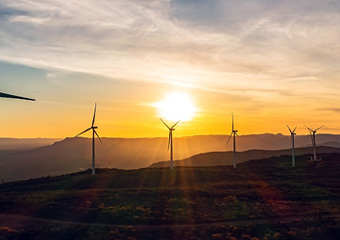
Country series: Resource wealth in Brazil
Brazil is blessed with a wealth of natural resources and one of the world's cleanest power supplies. Large-scale investment in solar and wind power will provide even more renewable power in the years...
Read more

Country series: Ireland with an ambitious climate action plan
About 40 per cent of Ireland's electricity currently comes from renewable sources, but the country aims to increase this to 70 per cent by 2030.
Read more

Country series: United Kingdom, a leader in ambition
The United Kingdom has major ambitions for cutting its greenhouse gas emissions. The goal is to become a zero-emission society by 2050. Getting there will be a taxing process and requires strong poli...
Read more

Country series: Faster progress on renewables in Italy?
With its long coastline, high mountains and sunny Mediterranean islands, Italy should be well placed to increase its production of renewable energy. The challenge is to link power production with co...
Read more
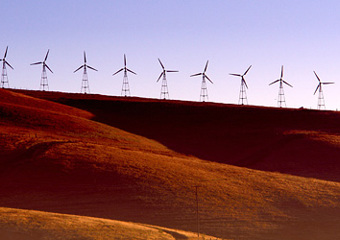
Country series: The United States is still a land of opportunity
Since Statkraft opened an office in the U.S. in 2015, the company's U.S. operations have revolved largely around trading in CO2 allowances and renewable energy certificates. Statkraft is now well posi...
Read more
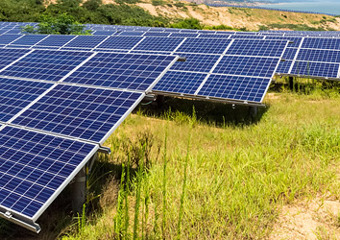
Country series: Renewables grow fast in Poland
Poland is one of the largest countries in Europe both in terms of energy consumption and energy production, and coal is still the main energy source. At the same time, Poland has the fastest growing...
Read more
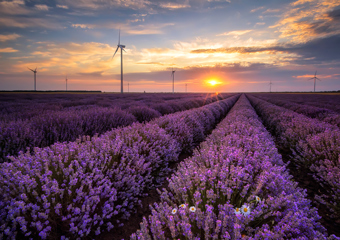
Country series: Green visions in France
Nuclear power nation France faces massive changes in the energy sector in the years to come. An ambitious commitment to wind and solar power is one of the measures that will ensure that the climate ...
Read more
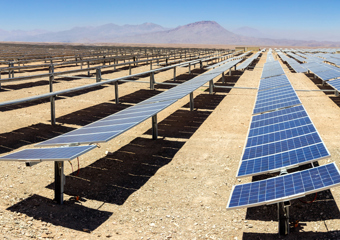
Country series: Chile leads the way with commitment to renewable energy
Chile has ambitious climate targets: 70 per cent of the country's electricity will come from renewable sources by 2030, and the country will be carbon neutral by 2050.
Read more
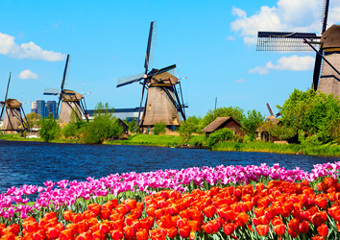
Country series: The Netherlands needs a strong commitment to renewable energy
The Netherlands' actual cuts in greenhouse gas emissions have been small in recent decades. When the government lost a climate change lawsuit, it forced a new national climate agreement that should ge...
Read more
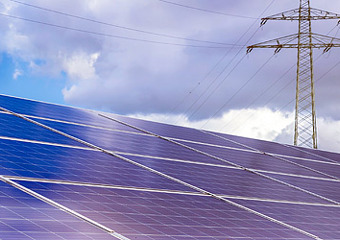
Country series: Sun rising for Croatia
With its sunny Mediterranean coast, Croatia is one of Europe's fastest-growing markets for solar power. By utilising its renewable energy potential, the country can eliminate electricity imports.
Read more